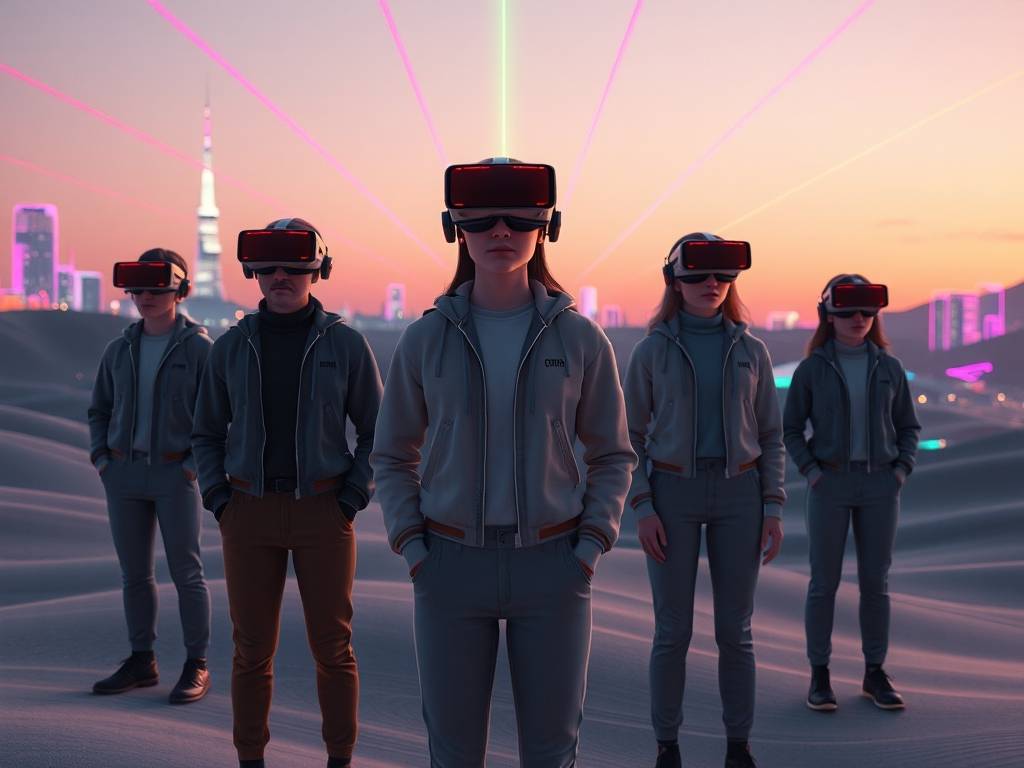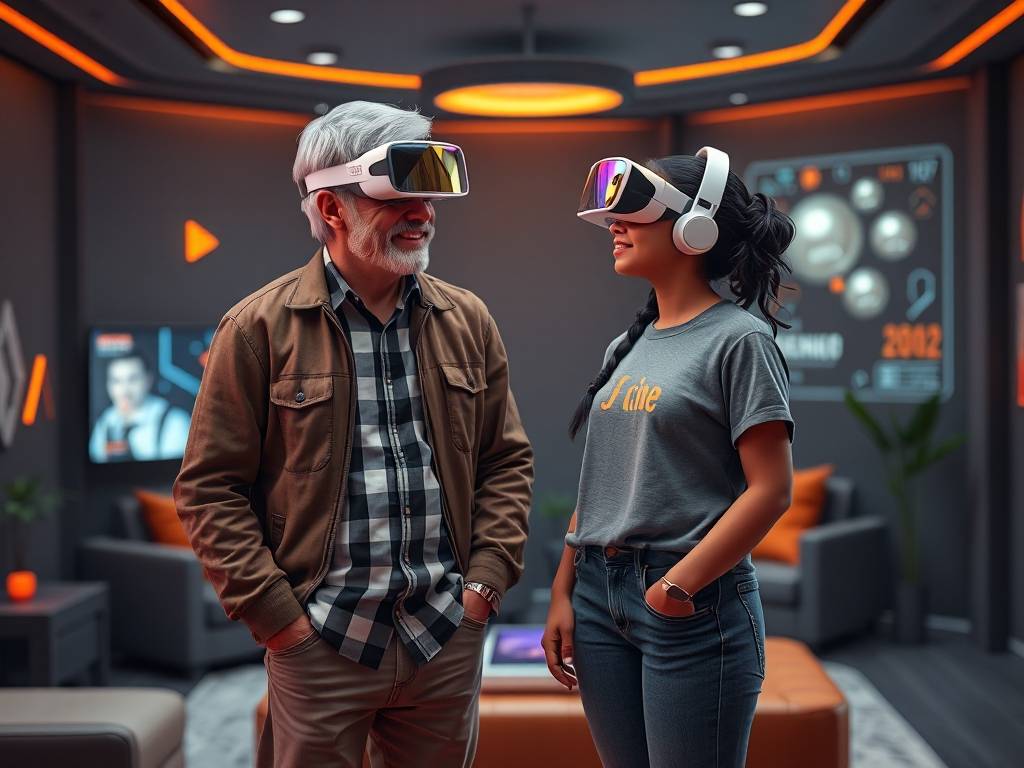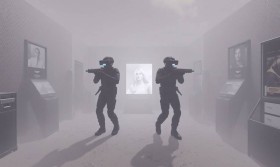The Empathy Engine: How the 'Kindness Simulator VR' Help Missions Update is Rewiring Compassion

In a world increasingly mediated by screens, critics often lament technology's role in fostering isolation and diminishing human connection. Yet, a new wave of immersive technology is flipping this narrative, aiming not to escape reality but to enhance our fundamental humanity. At the forefront of this movement is the groundbreaking Kindness Simulator VR, a title that has always promised more than its whimsical name suggests. With its latest "Help Missions" update, the experience transcends from a novel simulation into a powerful tool for empathy training and prosocial behavior development. This isn't just an update; it's a significant leap toward using virtual reality as a gym for the heart.
The core premise of Kindness Simulator VR has always been to place the user in low-stakes, everyday scenarios where the choice to be kind is presented. The base game allowed players to comfort a crying avatar on a park bench or help an elderly character cross a digital street. It was charming but could feel somewhat scripted. The Help Missions update shatters that limitation by introducing a dynamic, open-world system driven by a sophisticated "Social Need AI."

Gone are the isolated incidents. Players now inhabit a persistent, living city district populated by dozens of AI-driven characters, each with their own name, schedule, emotional state, and underlying needs. The AI doesn’t just spawn problems; it generates nuanced narratives. You might notice a character, "Leo," looking dejected outside a closed art gallery for several days. Initiating a conversation (via new, intuitive voice command and gesture recognition systems) reveals he’s a struggling artist who missed a crucial submission deadline. The mission isn’t explicitly listed in a log. Instead, it’s inferred. Do you try to find another gallery? Help him set up a street exhibition? Or simply offer words of encouragement? The AI responds to a wide spectrum of interventions, validating not just grand gestures but also the power of listening and emotional support.
The update introduces a "Ripple Effect" metric, a revolutionary feature that visually tracks the impact of your actions. Performing a kindness doesn't just earn points; it creates a visible, glowing connection between you and the recipient. If you help Leo, you might later see him in a brighter mood, talking to another character. That character, positively affected by Leo’s improved demeanor, might then be easier for you to help later. The city literally becomes a web of light and connection, mapping the tangible social consequences of compassion. Conversely, choosing inaction or a harsh response sees those potential connections fade, offering a silent but powerful commentary on opportunities lost.
Furthermore, the Help Missions are meticulously designed to combat the "savior complex." This isn't about being a superhero. Many missions require collaboration, subtlety, and emotional intelligence rather than brute force or simple item fetching. One mission might involve de-escalating a tense situation between two neighbors by understanding both perspectives, requiring careful dialogue choices. Another might see you helping a non-native speaker navigate bureaucratic paperwork, a test in patience and clear communication. The update emphasizes that kindness is often a quiet, patient, and deeply personal act.
From a technical standpoint, the update is a marvel. The haptic feedback has been refined to provide subtle cues—a faint vibration in the controller when a character is anxious, a warm pulse when a connection is made. The graphics, while still stylized, feature vastly improved facial animation, allowing characters to convey complex emotions through micro-expressions, making their digital plight feel more authentic and compelling.
The potential applications for this update extend far beyond entertainment. #EmpathyTraining #VRforGood #MentalHealthAwareness. Therapists are exploring its use for clients with autism spectrum disorder or social anxiety, providing a safe, repeatable environment to practice social cues and interactions. Corporate HR departments are looking at it for empathy and diversity training, allowing employees to literally step into scenarios that foster understanding. In educational settings, it serves as a powerful anti-bullying tool, enabling students to experience the impact of their actions from multiple perspectives.
Of course, the question remains: can a VR simulation truly foster real-world kindness? The developers are clear that the game is a "simulator," not a magic bullet. Its purpose is not to replace real-world action but to practice and normalize the cognitive and emotional processes behind it. By repeatedly engaging the neural pathways for empathy, compassion, and problem-solving in a targeted way, it builds what psychologists call "prosocial muscle memory." The hope is that when faced with a similar situation in reality, the brain has already been there. The response is less of a conscious struggle and more of a trained reflex.
The Help Missions Update for Kindness Simulator VR is a landmark achievement. It moves the project from a philosophical curiosity to a potent, practical application of virtual reality. It proves that the ultimate value of this technology may not be in building more realistic worlds to escape to, but in building better bridges of understanding within our own. It challenges the user not just to play a game, but to engage in a profound exercise: to practice being human. In doing so, it redefines the very purpose of a video game, transforming the VR headset from an isolation device into a window to our shared humanity. #KindnessSimulator #TechForGood #FutureOfEmpathy #HelpMissionsUpdate


















